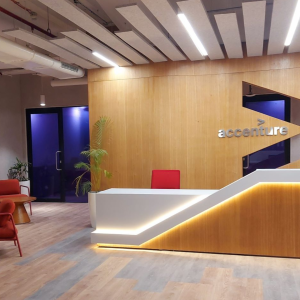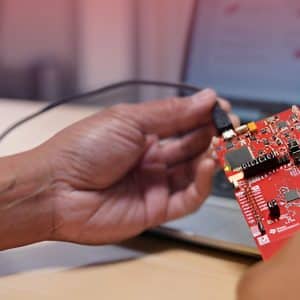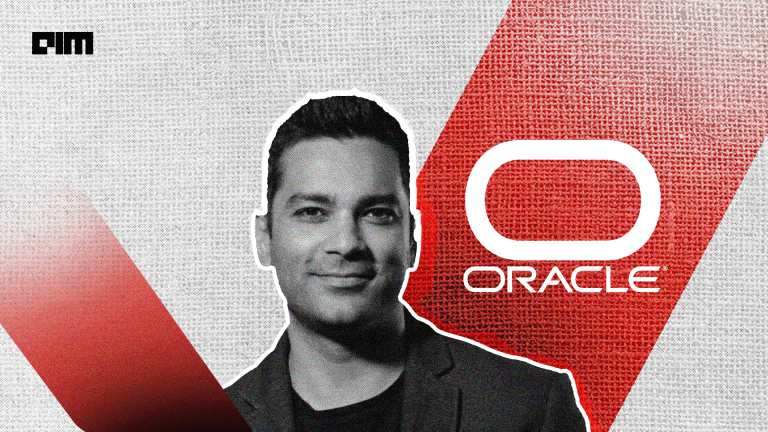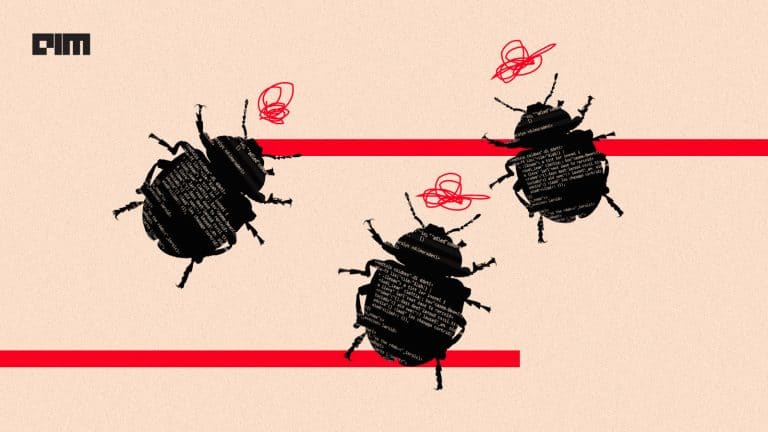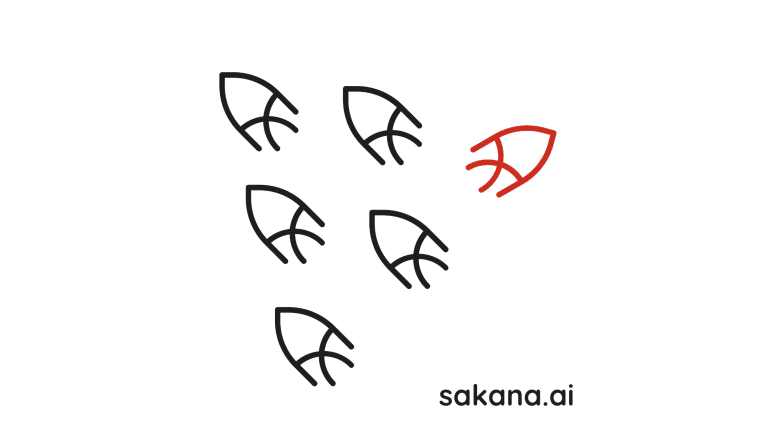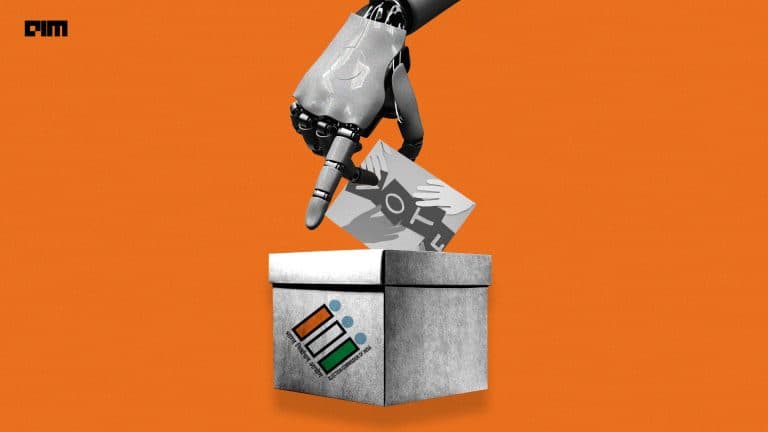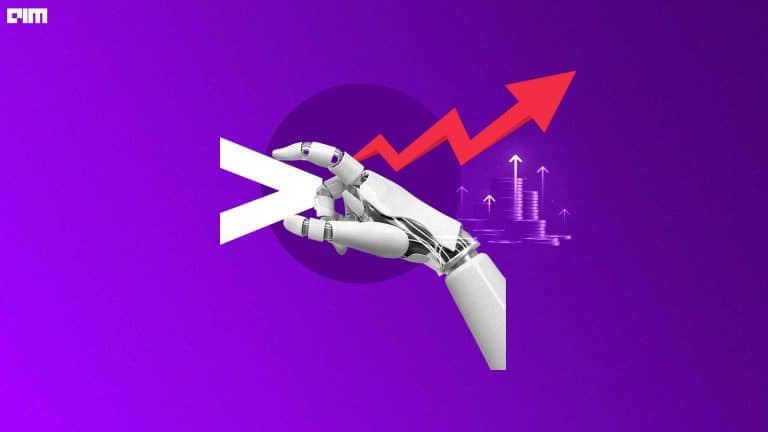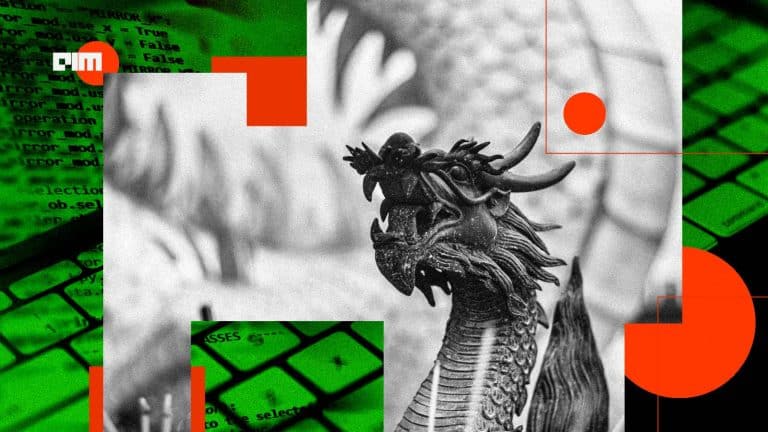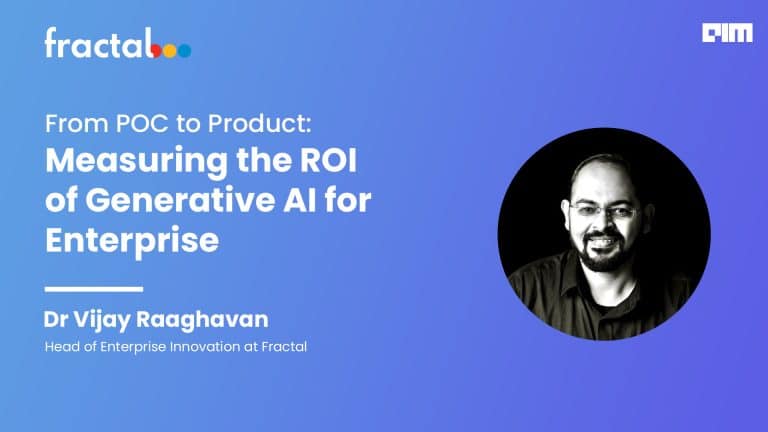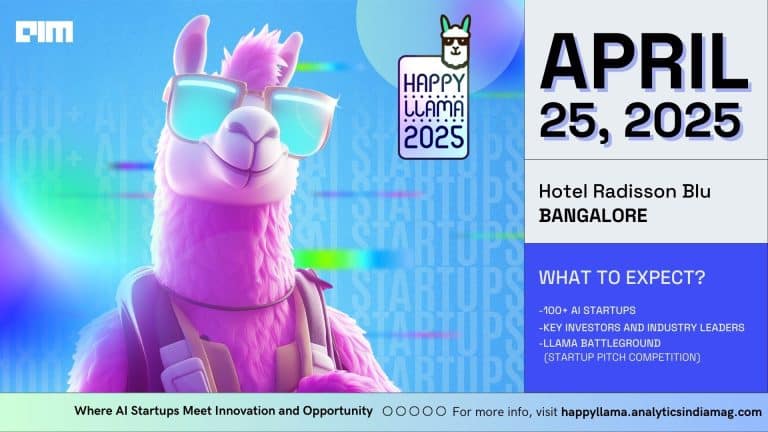With cybersecurity threats evolving and finding more sophisticated ways to attack, AI is emerging as a critical tool in enhancing cyber defense mechanisms. However, the very AI designed to protect is also fueling next-generation cyberattacks, creating a complex paradox where AI serves both as a weapon and a shield in the battle for cybersecurity.
While threat actors are using AI to automate phishing attacks, generate deepfakes, and bypass traditional security measures, companies like Lenovo are using AI to predict, detect, and neutralise these threats before they cause harm.
“AI is enhancing cyber threats, making phishing and hacking more sophisticated. We have to assume threats will evolve constantly and prepare accordingly,” said Doug Fisher, senior vice president and chief security and AI officer at Lenovo, in an exclusive interaction with AIM at the sidelines of the recent Lenovo Tech World 2025 India Edition.
Sophisticated AI Threats
AI-powered phishing creates messages almost indistinguishable from human communication. “Whether it starts with better social media attacks, scanning for vulnerabilities, or even evolving into fully autonomous cyberattacks, AI will certainly help with a lot of that,” Fisher warned.
The rise of AI-driven threats forces organisations to rethink their security strategies, as traditional rule-based security measures are no longer sufficient. To counter AI-powered attacks, companies are adopting AI-driven cybersecurity solutions that use machine learning, behavioral analysis, and predictive threat detection.
Notably, AI enables real-time monitoring, allowing organisations to respond to threats before they escalate. Lenovo, for instance, is actively integrating AI into its cybersecurity framework. The company partners with SentinelOne and other AI-based security firms to develop proactive threat detection systems. AI tools continuously scan Lenovo’s infrastructure, identifying anomalies that indicate potential breaches.
“AI doesn’t just detect threats, it predicts them. We are using AI to neutralise threats before they reach our systems,” Fisher further explained.
AI Governance and Compliance
While AI is reshaping cybersecurity, organisations are also navigating the complexities of AI governance and compliance. Global regulations around AI security are still evolving, making it difficult for companies to standardise their approaches. Lenovo, operating in 180 markets, faces the challenge of aligning its AI security measures with diverse regulatory requirements.
“Regulations are often vague, making compliance interpretation difficult. We take a risk-based approach and help governments refine security policies,” Fisher said. To address this, Lenovo collaborates with policymakers and regulatory bodies, ensuring its AI-driven cybersecurity measures align with emerging global standards.
Besides, Lenovo also takes a human-centric approach to cybersecurity that starts with their employees. Fisher believes every employee plays a role in safeguarding the company’s digital infrastructure.
“Every Lenovo employee, from the CEO to new hires, must complete security training. If they fail, they lose network access,” Fisher revealed. Employees are trained to recognise phishing attempts, spot deepfakes, and report suspicious activities. Their goal is to make security second nature for employees rather than an afterthought. If an employee, regardless of their position, fails to take the test, extreme actions, such as termination, may follow.
“It (security) has got to start with the people, because over 80% of all vulnerabilities usually come through your employees,” Fisher said.
Doug Fisher at Lenovo Tech World 2025 India Edition. Source: AIM
Personal Approach to AI Security
Fisher moved into his expanded role of leading Lenovo’s AI governance last year, taking on the responsibility of heading Lenovo’s AI policy while working alongside the Responsible AI Committee, which was established in 2022. Notably, Fisher spent over 23 years at Intel in multiple leadership positions.
“One thing that we did a lot at Intel was constructive confrontation. I had to modify how I approached that a little bit because of the cultural differences. But it doesn’t change the core of what I do as a leader, which is to confront issues, not people, not attack ideas, not a person. I think that helped shape who I was,” Fisher added.
Moreover, Fisher was also part of the US Navy. “The discipline and things I learned early on as a 17-year-old to run into the military, I think shaped me from a leadership perspective. Then Intel refined it.”
His approach is grounded in discipline, risk assessment, and proactive threat management. “Only the paranoid survive,” he said, echoing the famous words of former Intel CEO Andrew Grove.
At Lenovo, Fisher has worked to instill a mindset where security is not just a department’s responsibility but a company-wide mission. His experience in both hardware and software security allows him to bridge gaps between AI innovation and cybersecurity governance.
“The rate at which I get things done is incredible at Lenovo because I used the base training I had and I built it on collaboration,” he concluded.






